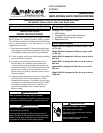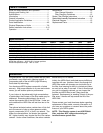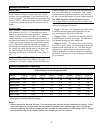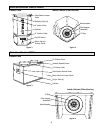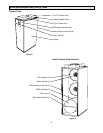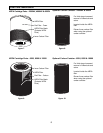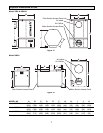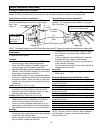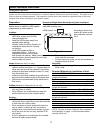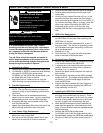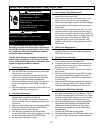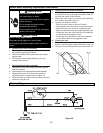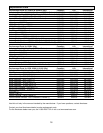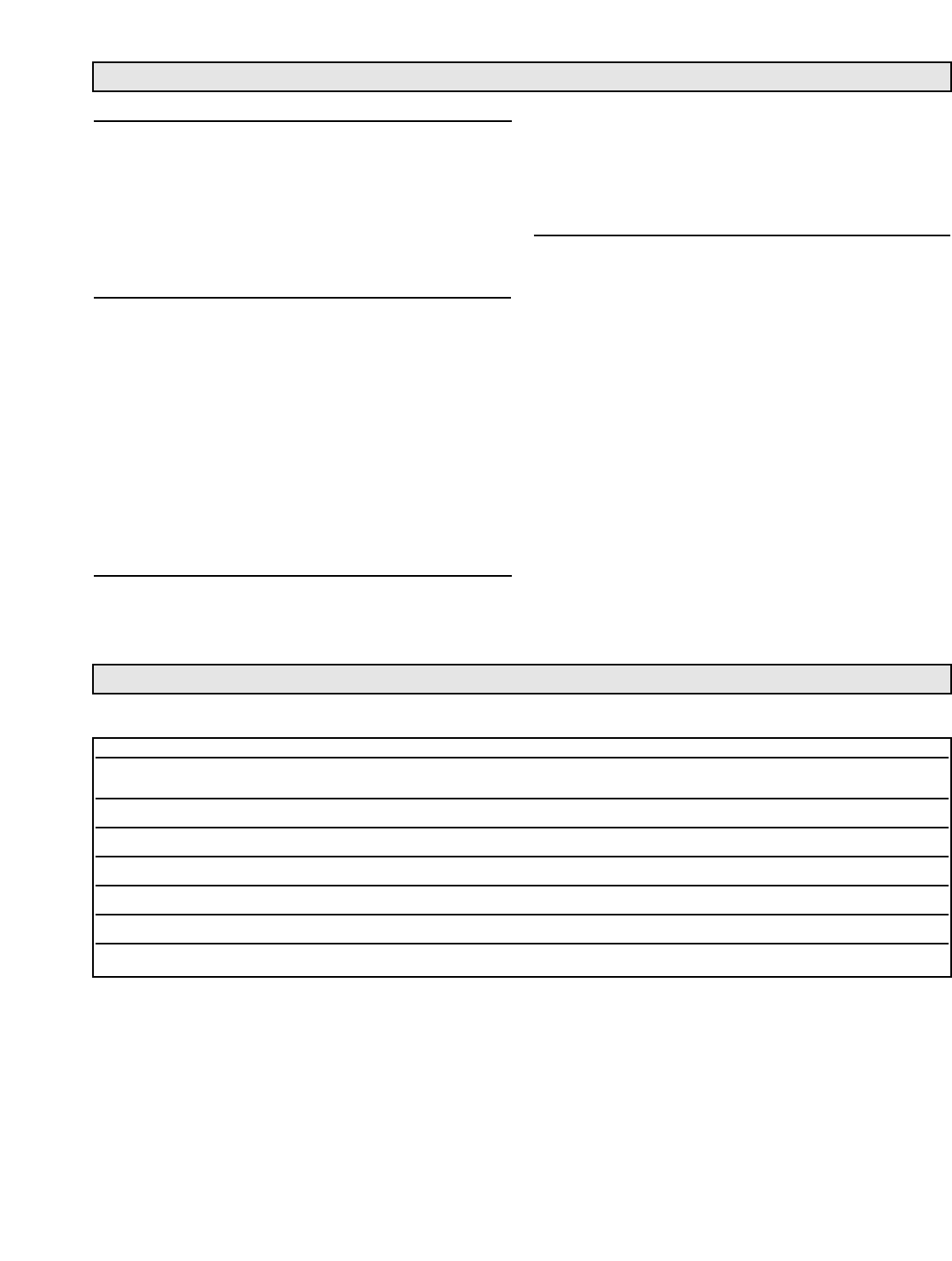
Media Filters
Media filters strain particulates from the air. The filter
media needs to have tiny holes to allow air to pass
through, but not particulates. Filter types vary for all
sorts of purposes. The most effective and proven filter
media is HEPA. HEPA filter media is 99.97% efficient
at capturing particles which are 0.3 micron in size or
larger.
Carbon Filters
Carbon media is used to capture chemicals and odors,
also referred to as V.O.C.’s. Chemicals and odors
cannot be captured with media type filters. Activated
carbon collects chemicals and odors in a process
called adsorption. If air passes through the carbon fil-
ter before particulates are removed, the surface of the
carbon quickly gets covered with particulates, render-
ing it ineffective at capturing chemicals and odors. If
particulates are removed from the air with a HEPA fil-
ter, virtually the entire surface area of the carbon can
be used to capture chemicals and odors. This
increases the efficiency and filter life of the carbon fil-
ter.
Separate HEPA and Carbon Filters
HEPA and carbon filters have different life spans. It is
important for a filtration system to keep the filter com-
ponents independent from each other, so that the filter
that is dirty/saturated can be changed. This is more
economical than a system where you need to throw
out two or three filters when only one needs changing.
The HEPA System’s 3 Stage Filtration Process
The 3 stage filtration process is used to create a very
effective filtration system. Each filter is independent
and can be changed individually.
• Stage 1: Pre-filter - The inexpensive pre-filter (foam
or carbon) removes larger particulates from the air,
thus prolonging the life of the HEPA filter.
• Stage 2: HEPA - The HEPA filter removes 99.97%
of particulates 0.3 micron and larger. The cleaned air
then passes through the third stage filter.
• Stage 3: Carbon - The carbon filter is about 1/2 an
inch thick to give it plenty of surface area for removing
chemicals and odors from the air. This filter may be
replaced by an optional heavy duty granular carbon
canister available for maximum removal of chemicals
and odors. The clean air is then reintroduced into the
air you breathe.
3
General Information
Product Application Guidelines
Size of House vs. Air Changes per Hour
* Chart based on homes with 8 ft. ceilings.
Notes:
•Industry experience indicates that one (1) air change per hour generally provides adequate air cleaning. Actual
results will depend on multiple factors such as outdoor particulate levels, infiltration rate, indoor activities etc.
• Generally speaking, the more air changes per hour provided, the more effective a HEPA system will be. People
with sensitivities may desire a higher number of air changes per hour for cleaner air.
Size of House*
Model 1,000 ft
2
1,200 ft
2
1,500 ft
2
1,800 ft
2
2,000 ft
2
2,500 ft
2
3,000 ft
2
3,500 ft
2
Unit (8,000 ft
3
) (9,600 ft
3
) (12,00 ft
3
) (14,400 ft
3
) (16,000 ft
3
) (20,000 ft
3
) (24,000 ft
3
) (28,000 ft
3
)
Model 2500HV 1.31 1.1 .88 .73 .66 .53 .44 .37
Model 4000HV 2.25 1.88 1.5 1.25 1.13 0.9 .75 .64
Model 6000V 4.5 3.75 3 2.5 2.25 1.8 1.5 1.29
Model 6500 4.88 4.06 3.25 2.71 2.44 1.95 1.63 1.39
Model 8500 6.38 5.31 4.25 3.54 3.19 2.55 2.13 1.82
Model 10000 7.5 6.25 5 4.17 3.75 3 2.5 2.14



